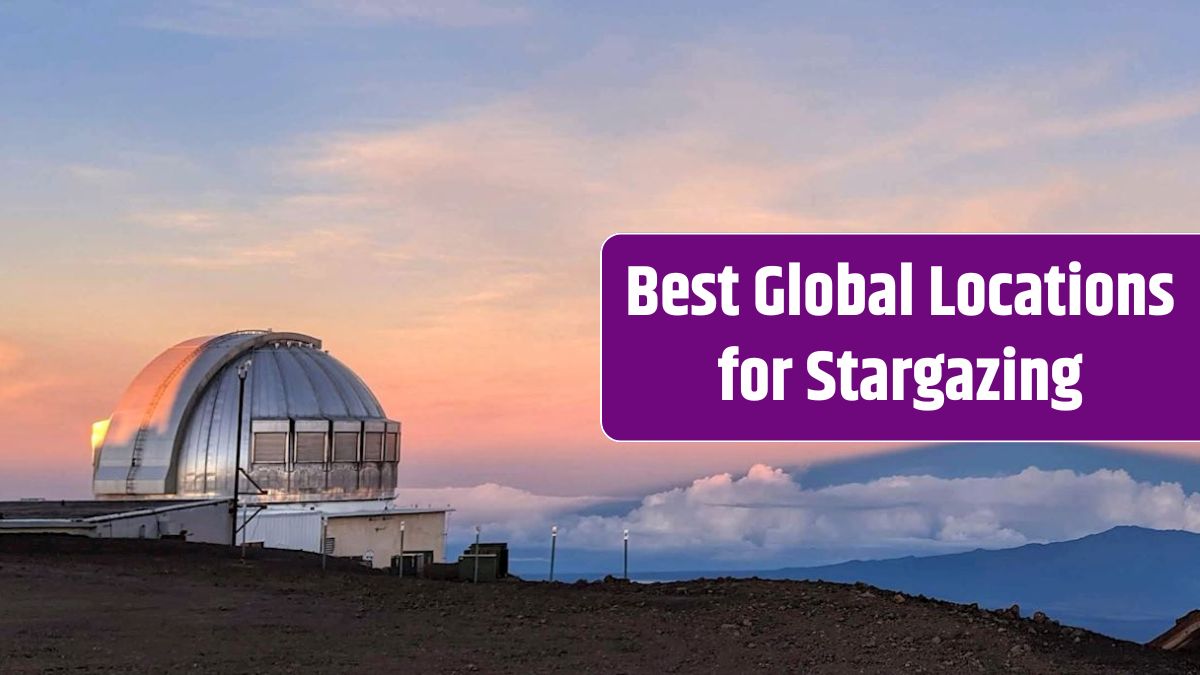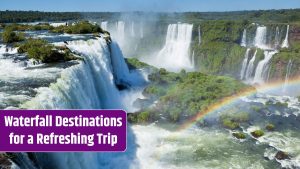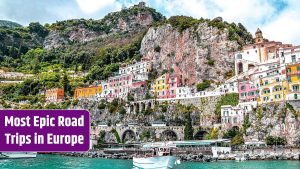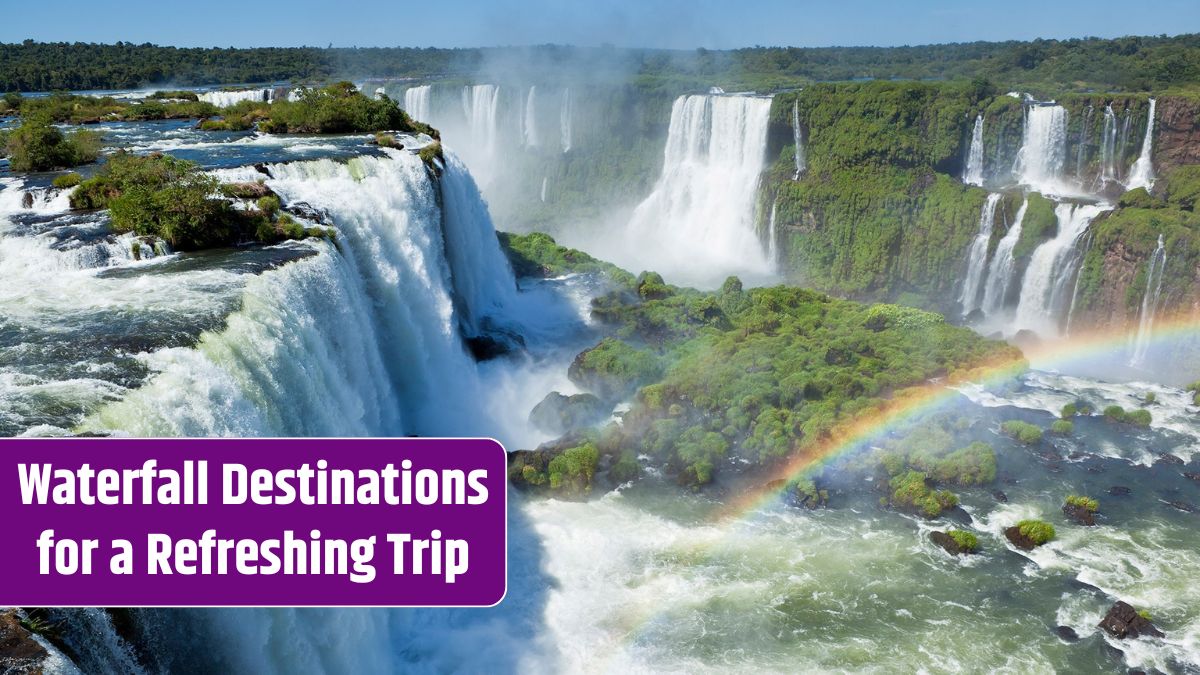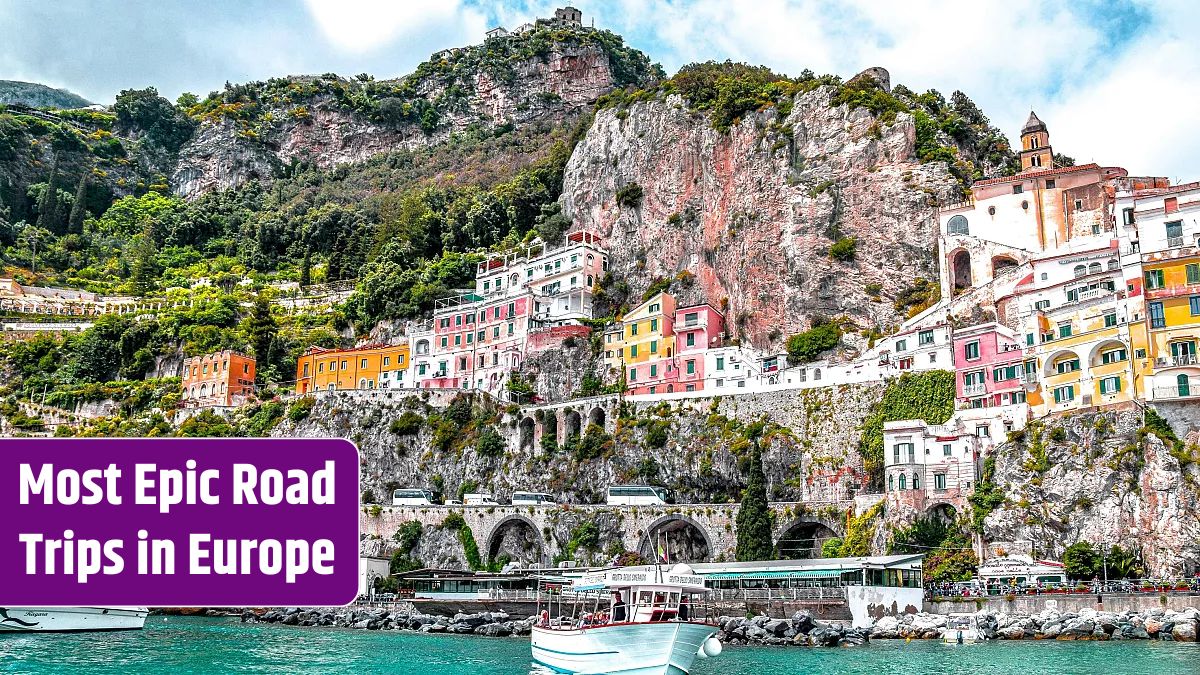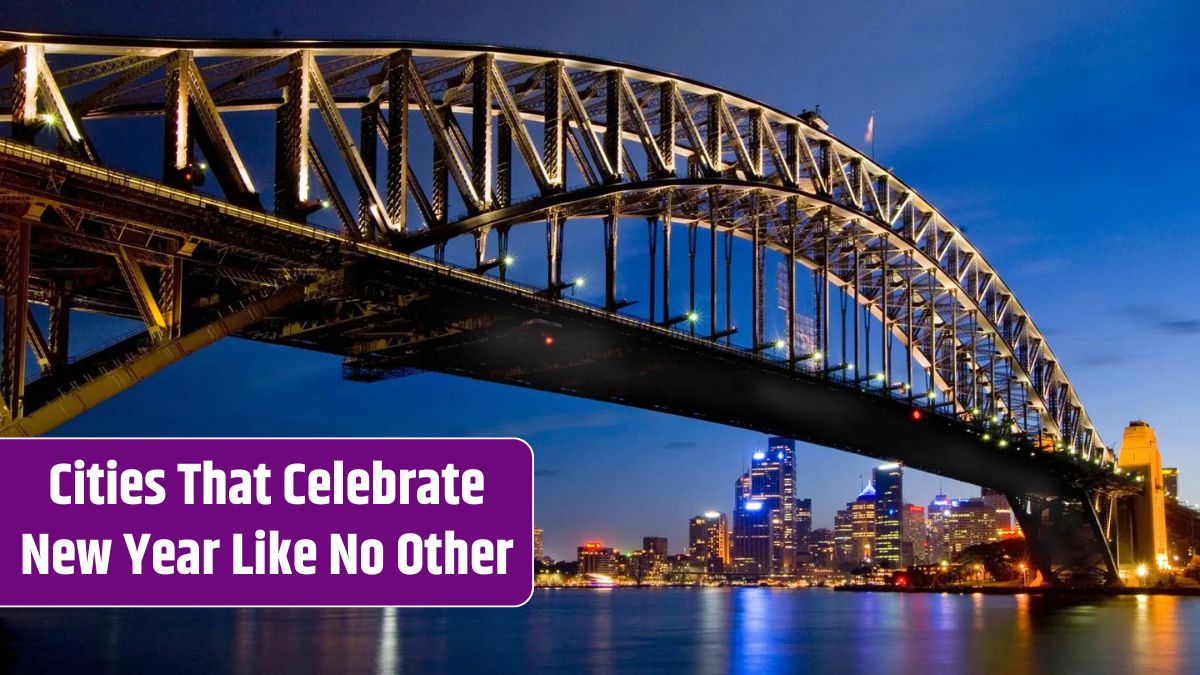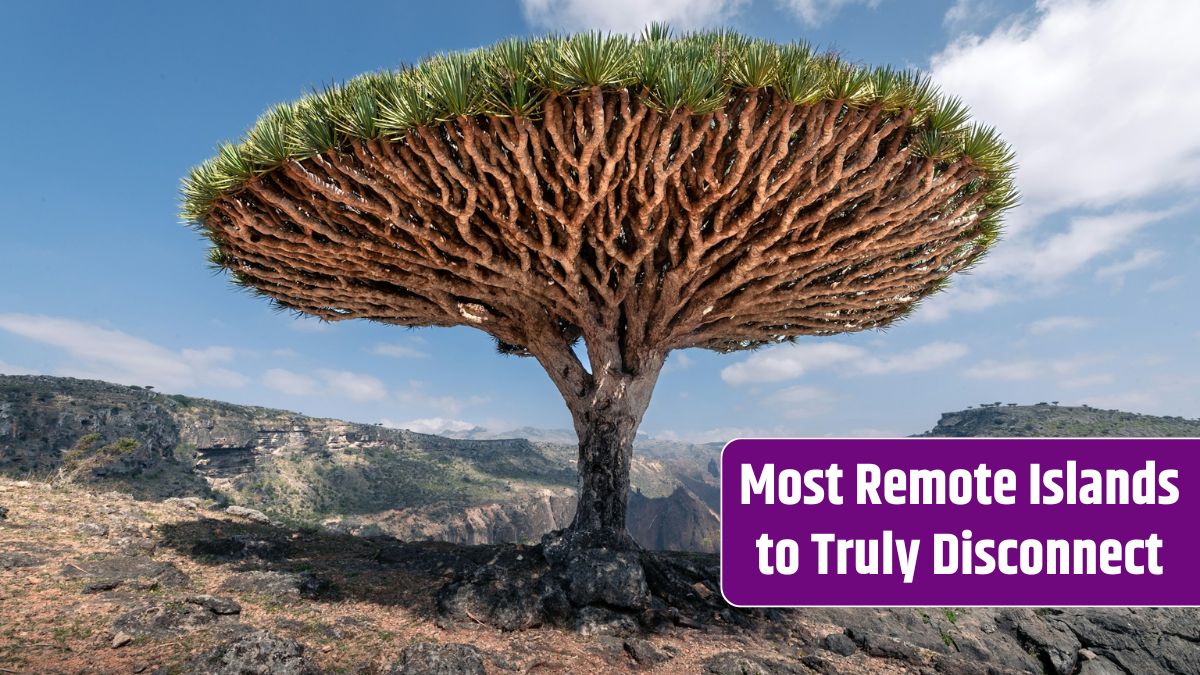Few experiences are as awe-inspiring as gazing up at a star-filled sky, far from the noise and light of modern cities. For astronomy enthusiasts and night-sky dreamers, these five global destinations offer some of the clearest, darkest, and most spectacular views of the cosmos.
Table of Contents
1. Mauna Kea (Hawaii, USA)
Mauna Kea, a dormant volcano on Hawaii’s Big Island, is one of the world’s premier stargazing locations, thanks to its altitude and pristine skies.
- Why It’s Special:
- At 13,796 feet, it offers unparalleled visibility above clouds and atmospheric disturbances.
- Home to some of the world’s most advanced telescopes at the Mauna Kea Observatory.
- The dry, stable air creates ideal conditions for astronomical observations.
- What to Do:
- Join a guided stargazing tour or visit the Onizuka Center for International Astronomy.
- Stay for the sunset and watch the stars emerge in dazzling clarity.
- View celestial wonders through telescopes provided by local tour operators.
Pro Tip: Dress warmly; temperatures at the summit can drop dramatically even in Hawaii’s tropical climate.
2. Atacama Desert (Chile)
The Atacama Desert is the driest place on Earth, making it one of the best spots for clear and uninterrupted views of the night sky.
- Why It’s Special:
- High altitude, low humidity, and minimal light pollution make it a stargazing paradise.
- Perfect for spotting the Southern Hemisphere’s iconic constellations, such as the Southern Cross.
- Hosts some of the most advanced astronomical observatories, including the ALMA array.
- What to Do:
- Join stargazing tours in San Pedro de Atacama, where experts guide you through the night sky.
- Visit the ALMA observatory to learn about cutting-edge space research.
- Take astrophotography workshops to capture the galaxy’s beauty.
Pro Tip: Visit between April and September for the clearest skies and minimal chance of rain.
3. Aoraki Mackenzie International Dark Sky Reserve (New Zealand)
Located in the South Island, this dark sky reserve is renowned for its stunning views of the Milky Way and Southern Hemisphere constellations.
- Why It’s Special:
- Designated as one of the darkest places on Earth by the International Dark-Sky Association.
- Offers clear views of the Magellanic Clouds, two nearby galaxies visible to the naked eye.
- Surrounded by snow-capped peaks, creating a dramatic foreground for stargazing.
- What to Do:
- Visit the Mount John Observatory for guided tours and telescope viewing.
- Look into Tekapo Springs for stargazing combined with hot pool relaxation.
- Camp under the stars at Lake Tekapo for an immersive experience.
Pro Tip: Winter months (May to August) provide longer nights for stargazing, though it’s cold—so bundle up!
4. Sossusvlei Desert (Namibia)
The Sossusvlei Desert, located in the Namib-Naukluft National Park, offers an unparalleled stargazing experience amidst ancient dunes and endless horizons.
- Why It’s Special:
- Exceptionally low light pollution and dry, cloud-free skies.
- Offers a unique backdrop of towering red sand dunes and the eerie Deadvlei clay pan.
- The Southern Hemisphere sky features the Milky Way, Southern Cross, and other celestial wonders.
- What to Do:
- Stay at a stargazing-friendly lodge like &Beyond Sossusvlei Desert Lodge, equipped with telescopes.
- Take guided night walks to learn about desert ecology and astronomy.
- Enjoy astrophotography in the serene desert environment.
Pro Tip: Visit during Namibia’s winter (May to September) for the clearest skies and cooler weather.
5. La Palma (Canary Islands, Spain)
Known as the “Island of Stars,” La Palma is a stargazing hotspot due to its remote location, altitude, and strict light pollution regulations.
- Why It’s Special:
- Home to the Roque de los Muchachos Observatory, one of the best observatories in the Northern Hemisphere.
- Offers a unique vantage point for observing constellations and meteor showers.
- Recognized as a Starlight Reserve by UNESCO.
- What to Do:
- Join an astronomy tour to use powerful telescopes and learn from local experts.
- Hike up to the Roque de los Muchachos viewpoint for a self-guided stargazing session.
- Time your visit for astronomical events like meteor showers or eclipses.
Pro Tip: Check out the annual Starmus Festival, a celebration of astronomy, music, and science.
Comparison Table
| Location | Key Features | Best Time to Visit |
|---|---|---|
| Mauna Kea, Hawaii | High altitude, observatory tours | Year-round, winter for clear skies |
| Atacama Desert, Chile | Dry air, advanced observatories | April–September |
| Aoraki Mackenzie, New Zealand | Dark sky reserve, Magellanic Clouds | May–August (winter months) |
| Sossusvlei Desert, Namibia | Low light pollution, iconic dunes | May–September |
| La Palma, Canary Islands, Spain | Observatories, Starlight Reserve | Year-round |
Tips for Stargazing
- Choose the Right Time:
Visit during a new moon or when the moon is least visible to enhance star visibility. - Use the Right Gear:
Bring binoculars or a telescope for closer views, and consider a star map or astronomy app. - Dress Warmly:
Even in deserts and tropical locations, night temperatures can drop significantly. - Avoid Light Pollution:
Stay away from artificial light sources to maximize your stargazing experience.
Whether you’re scaling the heights of Mauna Kea, wandering the dunes of Namibia, or looking into New Zealand’s dark sky reserve, these stargazing destinations promise an unforgettable journey through the cosmos.
FAQs
When is the best time to stargaze in the Atacama Desert?
Between April and September for clear skies.
Do I need special equipment for stargazing?
Binoculars or telescopes enhance the experience but are not mandatory.
Can I visit Mauna Kea’s observatories?
Yes, guided tours are available, but the summit is restricted for research.
What makes Aoraki Mackenzie special for stargazing?
It’s a certified dark sky reserve with minimal light pollution.
Is stargazing possible in Namibia year-round?
Yes, but winter months (May–September) offer the clearest skies.
